
Inner Tie Rods
Whether a vehicle has a rack and pinion or steering box system, both have inner tie rods that connect with outer tie rods to transmit steering force to the steering knuckle and make the wheels turn.
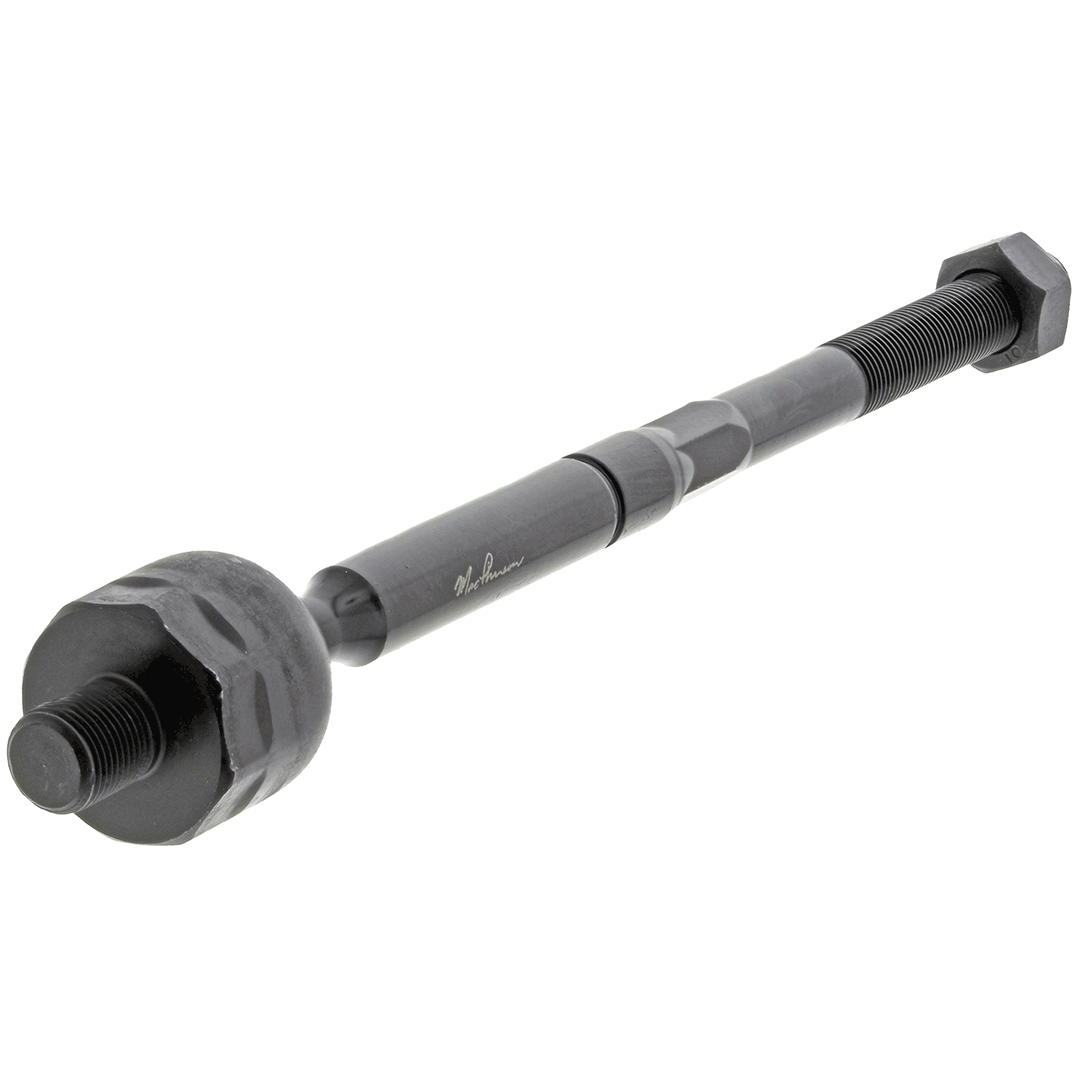
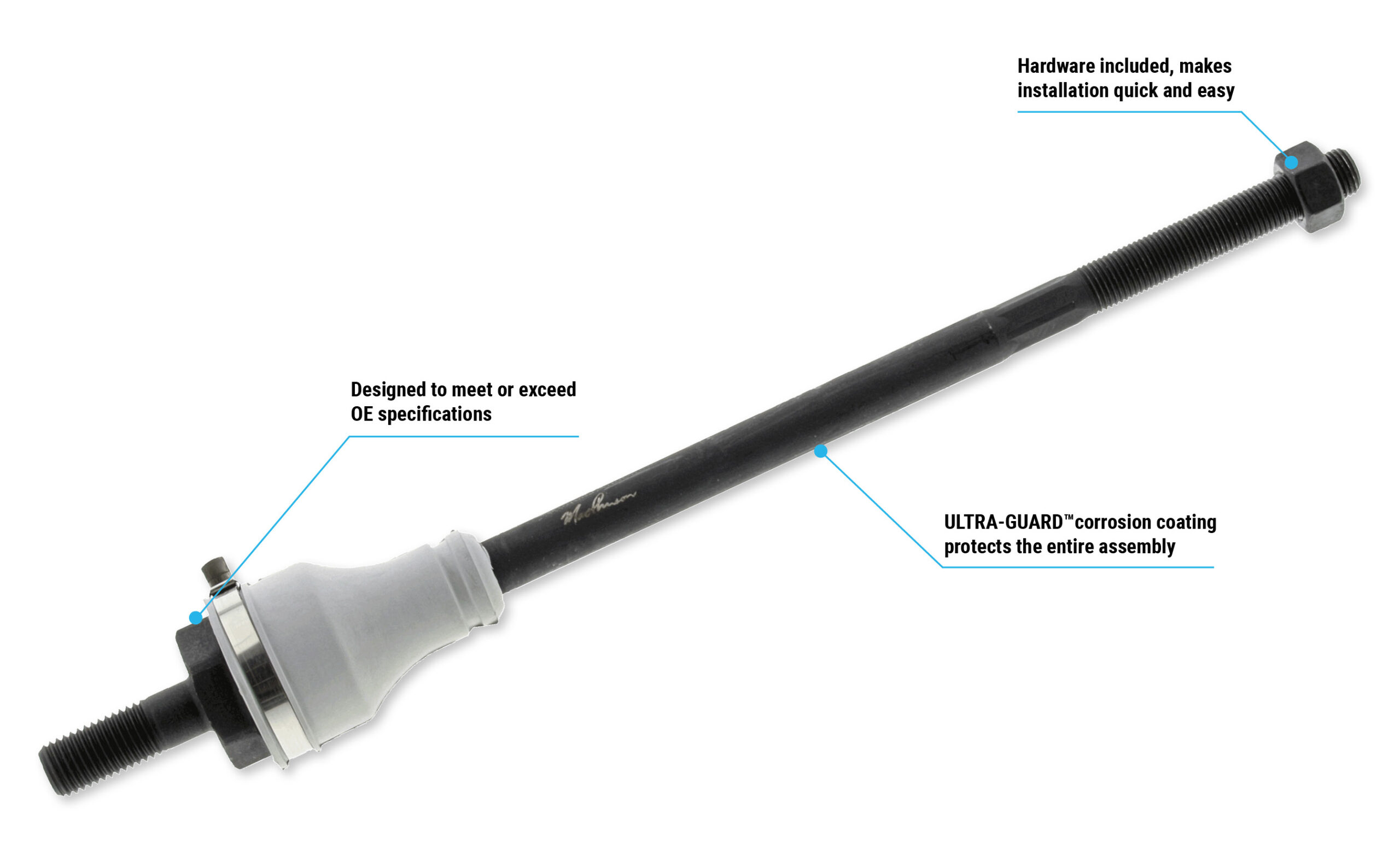

MACPHERSON RIDE CHASSIS IS YOUR GO-TO FOR TRUSTED PERFORMANCE FOR ALL POPULAR TRUCKS & VEHICLES
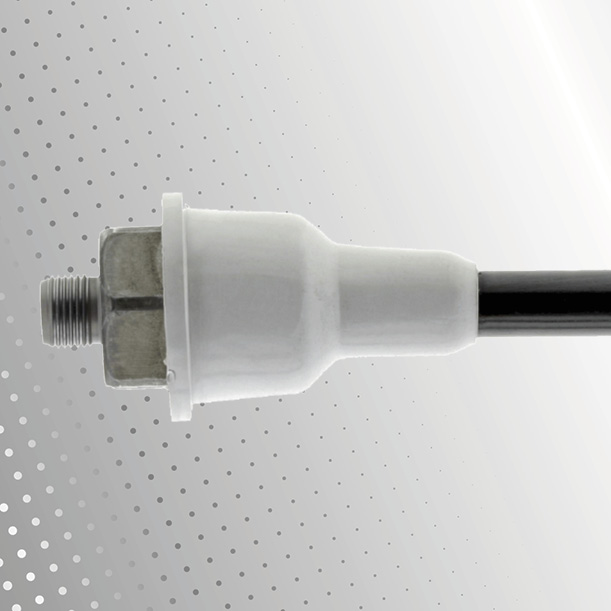
OPTIMAL PERFORMANCE
Setting the industry benchmark with quality components, MacPherson inner tie rod ends are built for durability and performance ensuring a smooth ride every time.
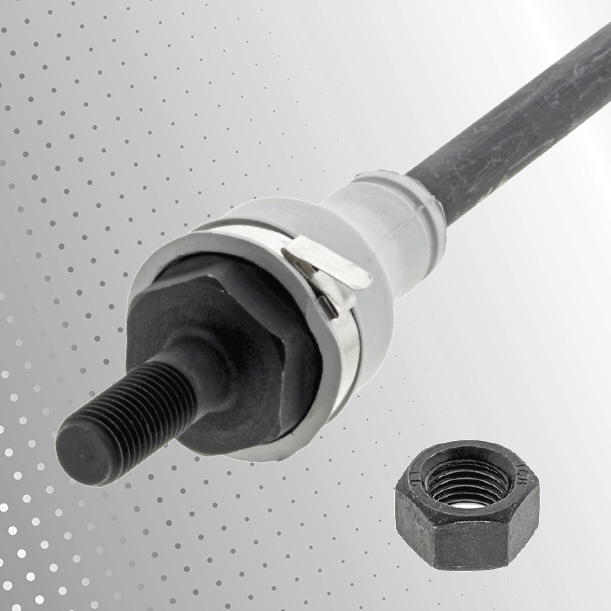
FASTER INSTALLATION
Save time with installation hardware included in the box.
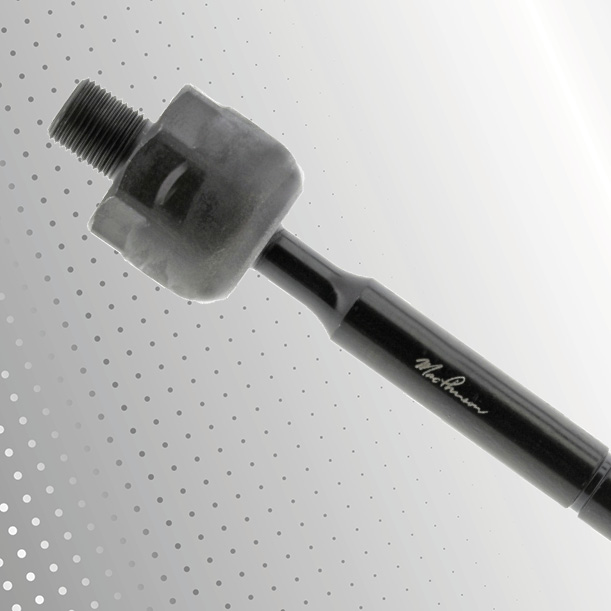
PERFORMANCE BACKED BY DESIGN EXCELLENCE
Meet or exceeds Original Equipment specifications for fit, form and function.
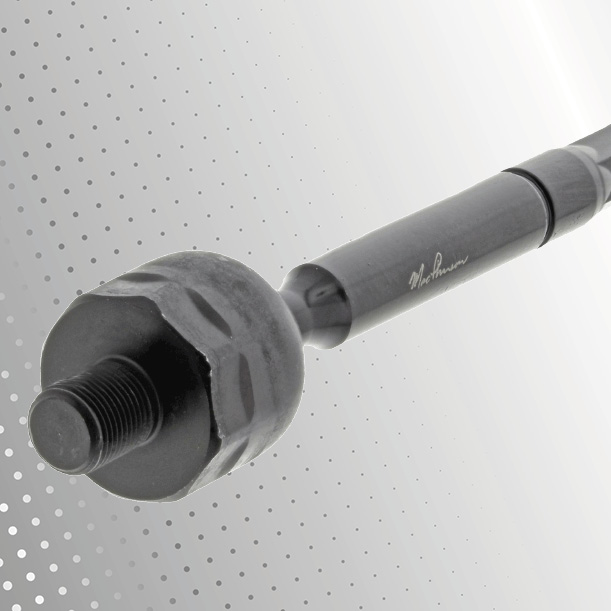
ULTRA-GUARD™ CORROSION COATING
Prevent harmful rust buildup and increase part longevity with protective anti-corrosion surface treatment.
VERY BEST IN SUSPENSION PARTS, RESTORING ORIGINAL EQUIPMENT PERFORMANCE, HANDLING & RIDE
Whether a vehicle has a rack and pinion or steering box system, both have inner tie rods that connect with outer tie rods to transmit steering force to the steering knuckle and make the wheels turn. If a tie rod end fails completely, a driver will lose the ability to steer and control the vehicle. Inner tie rod ends have a ball joint to provide a pivot point that enables it to articulate through the steering system movement. Some tie rod ends are sealed and do not require lubrication for the part’s life. Others may have a grease fitting that should be lubricated at every oil change.
Inner and Outer Tie Rods Work Together
Inner and outer tie rods are threaded together to produce an assembly. The inner tie rod end connects to the steering rack or steering gear box. The outer tie rod end connects to the front wheel spindle. This threaded-together inner/outer tie rod assembly can have its length adjusted to set the toe setting during wheel alignment.
Rack and Pinion Inner Tie Rods
These tie rods mount on each end of the rack and pinion unit. They have an in-line ball joint that provides the pivot point and is protected by a bellows-like dust boot. The opposite end is threaded and mated with the outer tie rod.
Steering Box Inner Tie Rods
These tie rods mount on each end of the center link through a right angle ball joint that provides the pivot point and is protected by a dust boot. The opposite end is threaded and mated with the outer tie rod.
Worn tie rod ends negatively affect wheel alignment, leading to excessive tire wear and front suspension problems. Like all steering and suspension parts, tie rods are subject to damage and wear over time and should be inspected at every oil change.
Common Symptoms of Bad/Failing Inner Tie Rods
• Steering wheel or vehicle vibration
• Slack steering or excessive play
• Unusual noise
• Uneven or excessive tire wear
